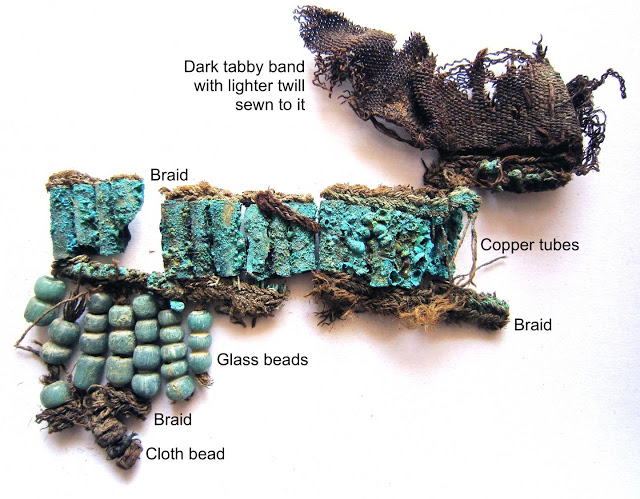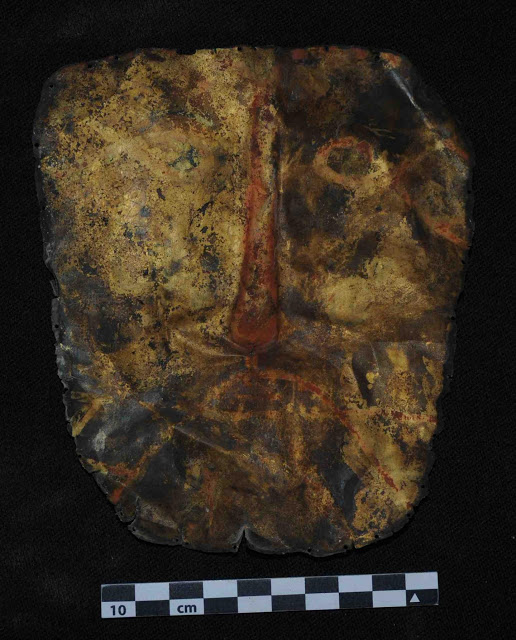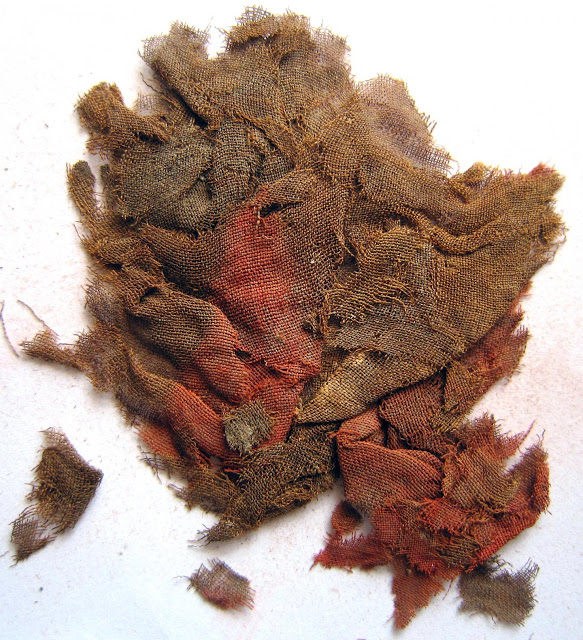

| Online: | |
| Visits: | |
| Stories: |

| Story Views | |
| Now: | |
| Last Hour: | |
| Last 24 Hours: | |
| Total: | |
Silk Road Extended Further South Than Previously Thought Suggests Ancient Textile Discovery
Identification of degummed silk fibers and munjeet and Indian lac dyes in the textile finds suggests that imported materials from China and India were used in combination with those locally produced. Says Gleba: “There is no evidence for local silk production suggesting that Samdzong was inserted into the long-distance trade network of the Silk Road.”

Credit: M. Gleba
The cloth remains are of further significance as very few contemporary textile finds are known from Nepal. The dry climate and high altitude of the Samdzong tomb complex, at an elevation of 4000 m, favoured the exceptional preservation of the organic materials.

Credit: M. Aldenderfer
One of the cloth objects recovered is composed of wool fabrics to which copper, glass and cloth beads are attached. It was found near a coffin of an adult along with a spectacular gold/silver funerary mask. The mask has small pinholes around its edges, suggesting it had been sewn to a fabric, and probably constitutes the remains of a complex, decorative headwear.
Samdzong 5 is one of ten shaft tombs excavated by Mark Aldenderfer, (University of California Merced and Visiting Scholar of the McDonald Institute). The tombs were only exposed to view in 2009 following a seismic event that calved off the façade of the cliff, having been originally carved out in prehistory from the soft conglomerate rock of a massive cliff face.
This is a fine open tabby of silk with irregular red color. There is no indication of local silk production, suggesting Samdzong was part of the long-distance trade network of the Silk Road.

Credit: M. Gleba
University of Cambridge
Source: http://www.ineffableisland.com/2016/04/silk-road-extended-further-south-than.html


